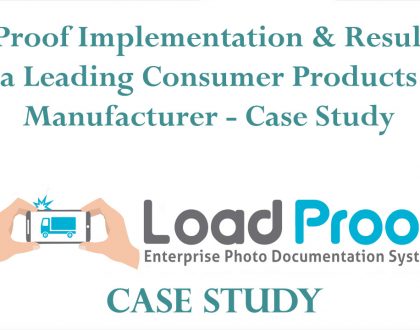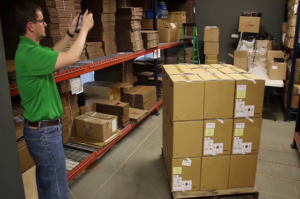The DC Quality Control Best Practices to Improve Shipping Efficiency

This is a best practice that you can refer to if you have a lot of quality issues in your distribution center. Let us assume that for some reason you opened up the box from reserve. You thought that everything was okay at the time of receiving. Then you put it away in reserve and for replenishment you moved the product from reserve to active location. After opening up the box you find that there are quality issues.
Sometimes during the picking stage they pick the product and they find some defective products or torn apparel. So you realize that you got to have a good quality process even before the picking process because what happens is typically as the shipment hits your receiving dock you can sort the product by PO or sort the product by SKU. After sorting you will do the receiving process and then you will do the verification process of the shipment. Verification of the shipment basically says whether you have done verification that means you have completely received your shipment and everything is good and as soon as the verification is intact and complete. The vendor then gets paid so from the DC perspective you are acknowledging that the shipment looks good. And later if you find issues then you have to absorb the cost of the defective product. Let’s say this same scenario is what happens a lot in your DC, then you would want to institute a quality process. There are two types of quality processes. There is quality inspection and quality audit.
The quality inspection is relatively simple. There is another benefit of having an ASN and when you have an ASN you can set up quality inspection percentage. You can even predefine like whenever there is a shipment from a particular vendor you want to do 10% quality inspection or 5 % of quality inspection or to skip the inspection, because this vendor does a fantastic job and You do not want to waste any time inspecting that product. Otherwise You could do only 50% quality inspection, because let’s say this is one of the rare vendors or they pay, they handle or they supply you with some prior SKUs. But still the quality of the production SKUs is not so good so you want to inspect.
And then sometimes there is no shipment data that’s available at the header level. The quality control for this kind of category is done through a process called quality audits. It’s more from a manufacturing perspective and most of the time the manufacturers do it because any manufacturing plant would not be complete if they don’t have a pretty good quality audit process. It involves setting up a sample and then having an inspection criteria and audit criteria for that sample. Then running quality audits directly against the sample. Sample could be ten units or hundreds or thousand units. The quality of the sampling unit which is doing the quality audits could be a measurement of time.
It’s mainly for a manufacturing setup like a machinery like ball-bearing manufacturing. I’ve seen quality inspection most widely used in a distribution setting. That’s something to think about, if you’re having a lot of quality issues. If you find products that are defective or not exactly in the condition that the vendor client was shared it’s good to have a quality inspection process. Especially if you find a lot of types of variations of products in your replenishment or at the time when it hits your bin locations, picking locations, and active locations you can find a lot of issues. At this time you can institute this type of quality inspection process to find the percentage of inventory that needs to be inspected, to finish your quality inspection process.
If you catch this before verifying the shipment then you can give that to the vendor and inform that they shipped 100 but out of the 100, 10 were bad so we you are going to pay only for 90 units. If you pay for the entire units you then you will lose your negotiating leverage. And if you are buying repeatedly from the same vendor you could still go back to them and have a good conversation and work with them. That’s something to keep in mind, it’s good to do all these checks before verifying the shipment so that way you can pay only for the good products and you don’t have to pay for the defective products and sometimes you can even issue chargebacks to the vendor. Because you spend so much time all this labor is wasted for inspection, that’s something to think about if you have a lot of quality issues. This is another best practice to think about and bring up with your implementation partners on implementing and setting this up and to take advantage of this best practice. So, please share your thoughts and I would love to hear your comments in the section below.
Do subscribe to our YouTube Channel.
Originally published at Smartgladiator.com on August 6, 2019.
Recommended Posts

Top 10 Best Practices that You Can Implement in Your Distribution Center Tomorrow with No System Changes and Very Little Process Changes
December 15, 2021







